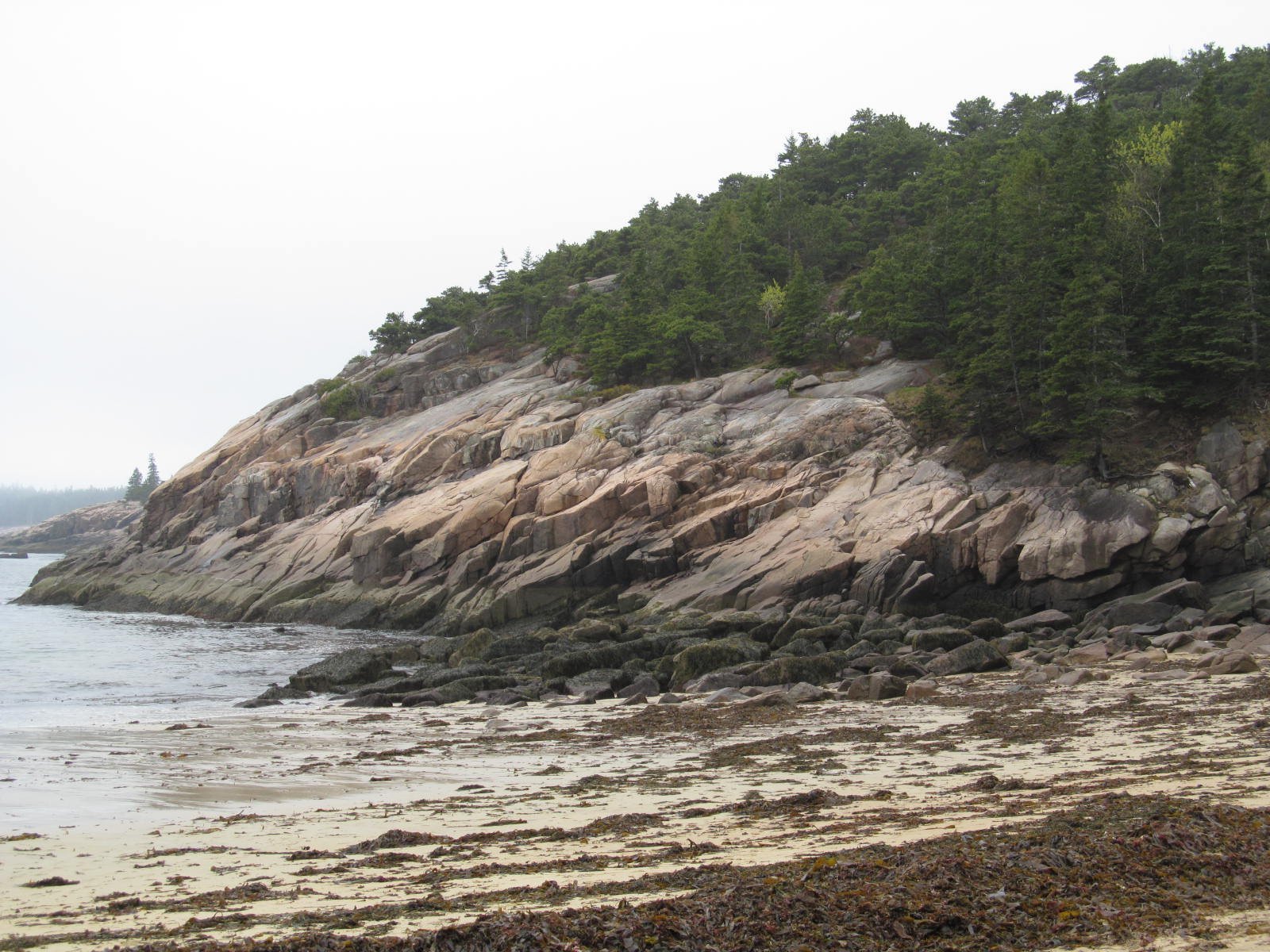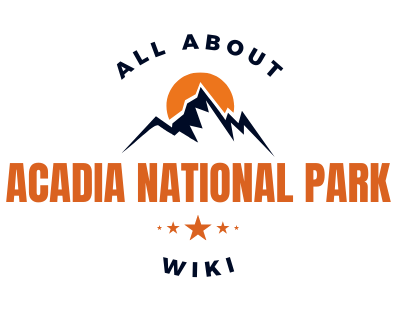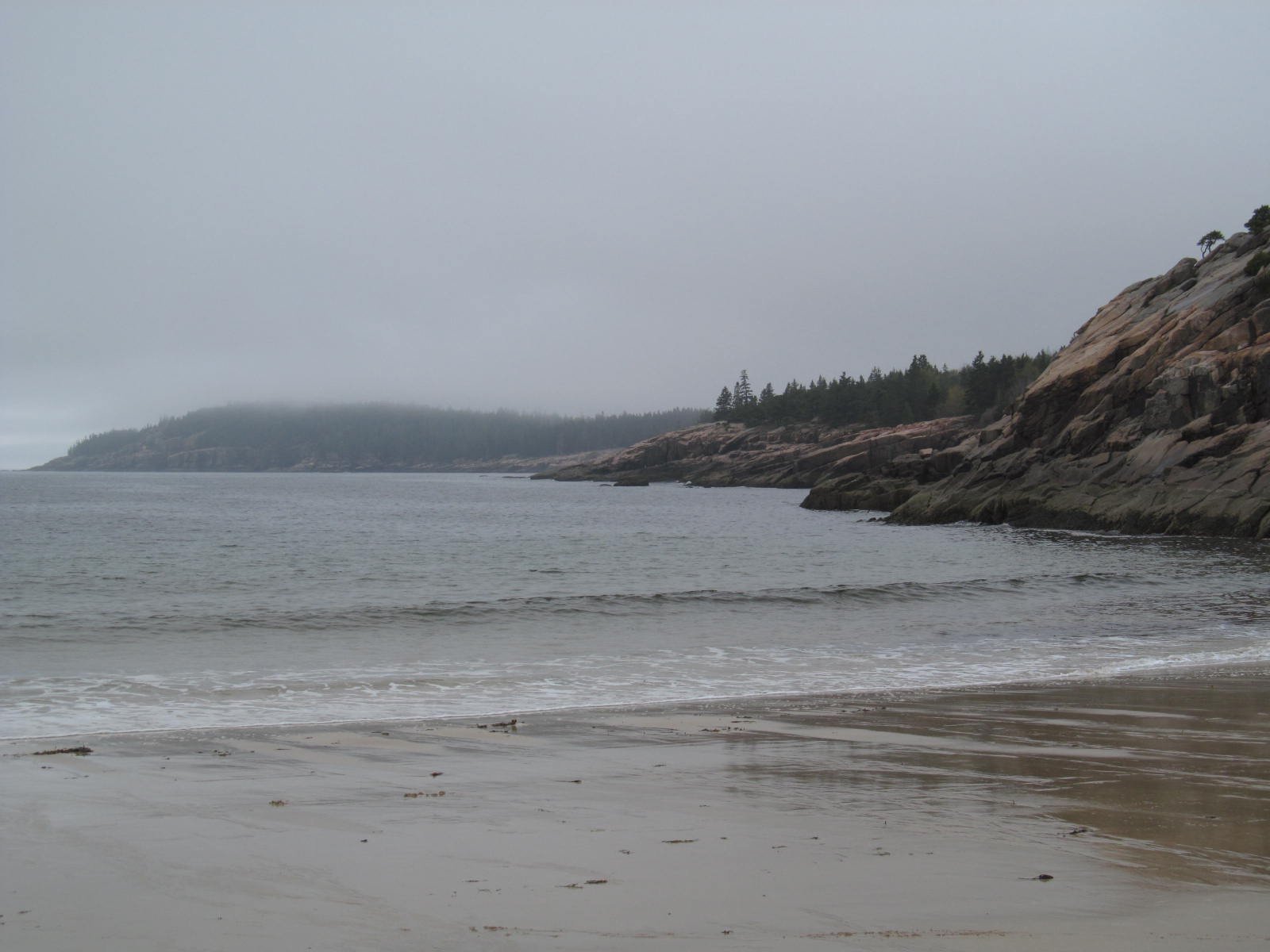Acadia National Park implements various special programs to ensure its preservation for future generations. These initiatives focus on habitat restoration, wildlife protection, and sustainable visitor education. The park’s efforts include restoring natural areas, protecting rare species, controlling invasive plants, and monitoring freshwater resources. Additionally, Acadia engages in partnerships with organizations like Friends of Acadia and the Schoodic Institute to support scientific research and conservation efforts.
What Are the Key Habitat Restoration Initiatives?

Acadia National Park’s habitat restoration programs are crucial for maintaining the park’s ecological balance. These initiatives include:
- Stabilizing sites affected by visitor impacts or construction
- Protecting rare species
- Monitoring and controlling invasive non-native plants
- Restoring disturbed habitats and landscapes
One of the park’s significant long-term projects is the freshwater resources monitoring program. This initiative focuses on:
- Studying the effects of atmospheric deposition and acidification
- Assessing cultural eutrophication on selected lakes
- Monitoring benthic macroinvertebrates in freshwater ecosystems
The park also conducts specific ecosystem restoration projects, such as:
- Great Meadow Wetland restoration
- Bass Harbor Marsh rehabilitation
These projects involve testing and evaluating new management approaches to restore ecosystem health in the face of climate change.
How Does Acadia National Park Protect Its Wildlife?

Wildlife protection is a cornerstone of Acadia’s conservation efforts. The park employs various strategies to safeguard its diverse fauna:
- Monitoring and controlling invasive species
- Implementing protective measures for rare species
- Ensuring the health of freshwater ecosystems through regular monitoring
- Conducting periodic bacterial monitoring at park swim beaches
Acadia National Park collaborates with partners like the Schoodic Institute and Friends of Acadia to support scientific research. These partnerships are vital for making informed management decisions to address current and future challenges facing the park’s wildlife.
What Sustainable Visitor Education Programs Are in Place?
Acadia National Park places a strong emphasis on educating visitors about sustainable practices. Some key programs include:
- Summit Stewards Program
- Supported by Friends of Acadia
- Educates visitors about protecting fragile mountain summits
- Resulted in over 30,000 visitor contacts
-
Repaired over 1,158 cairns
-
“Leave No Trace” Initiative
- Summit stewards made over 9,424 contacts
- Educates visitors on minimizing environmental impact
These programs aim to create awareness and promote responsible behavior among park visitors, ensuring the preservation of Acadia’s natural beauty for future generations.
What Specific Conservation Activities Does Acadia National Park Undertake?
Acadia National Park engages in several specific conservation activities:
- Conservation Easements
- National Park Service holds easements on 184 properties
- Protects over 12,000 acres of land
-
Maintains ecological, cultural, and scenic values
-
Water Resources Program
- Monitors selected lakes for atmospheric deposition effects
- Studies cultural eutrophication
- Conducts long-term monitoring of air pollutants
-
Assesses biological effects on park resources
-
Volunteer and Community Engagement
- Collaborates with Friends of Acadia and Maine Conservation Corps
- Engages volunteers in various conservation projects
- Maine Conservation Corps’ Field Team Program constructs and rehabilitates recreational trails
- Environmental Stewards program aids in land management plans and community volunteer recruitment
How Many People Participate in These Programs and What Are the Costs?
The participation and financial aspects of Acadia’s conservation programs are significant:
- Friends of Acadia
- 4,354 members
- Over 9,458 volunteer hours dedicated
- Provided $1.9 million in grants to the park and communities in 2023
-
Total grants since 1986: $39.2 million
-
Maine Conservation Corps
- Receives AmeriCorps funding
- Supports conservation employment, education, and volunteer engagement
- Exact participant numbers and costs vary by project
These figures demonstrate the substantial community involvement and financial investment in Acadia’s preservation efforts.
What Amenities and Facilities Are Available for Visitors Interested in Conservation?
Acadia National Park offers various amenities and facilities for visitors interested in conservation:
- Parking and Transportation
- Multiple parking areas throughout the park
- Free Island Explorer shuttle service
-
Reduces traffic congestion and promotes sustainable transportation
-
Events and Tours
- Schoodic Institute offers conservation-related events
- Acadia Science Symposium provides a forum for learning about regional science
-
Opportunities to interact with scientists and educators
-
Accessibility Improvements
- Ongoing efforts to increase park accessibility
- Collaboration with College of the Atlantic students and professors
- Creative solutions to improve visitor accessibility
These amenities and facilities not only enhance the visitor experience but also support the park’s conservation goals by promoting sustainable practices and education.
In conclusion, Acadia National Park’s special programs for preservation encompass a wide range of initiatives, from habitat restoration and wildlife protection to sustainable visitor education. Through partnerships, volunteer engagement, and scientific research, the park is working diligently to ensure its natural beauty and ecological integrity for future generations to enjoy and appreciate.
References:
1. National Park Service – Protect Nature
2. Friends of Acadia
3. National Park Service – Partners in Science

